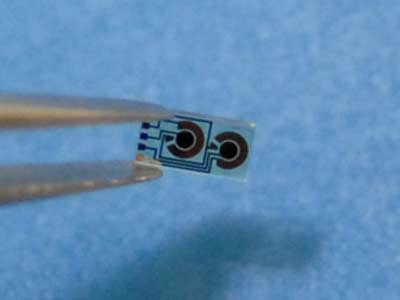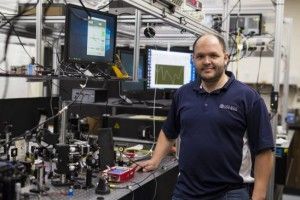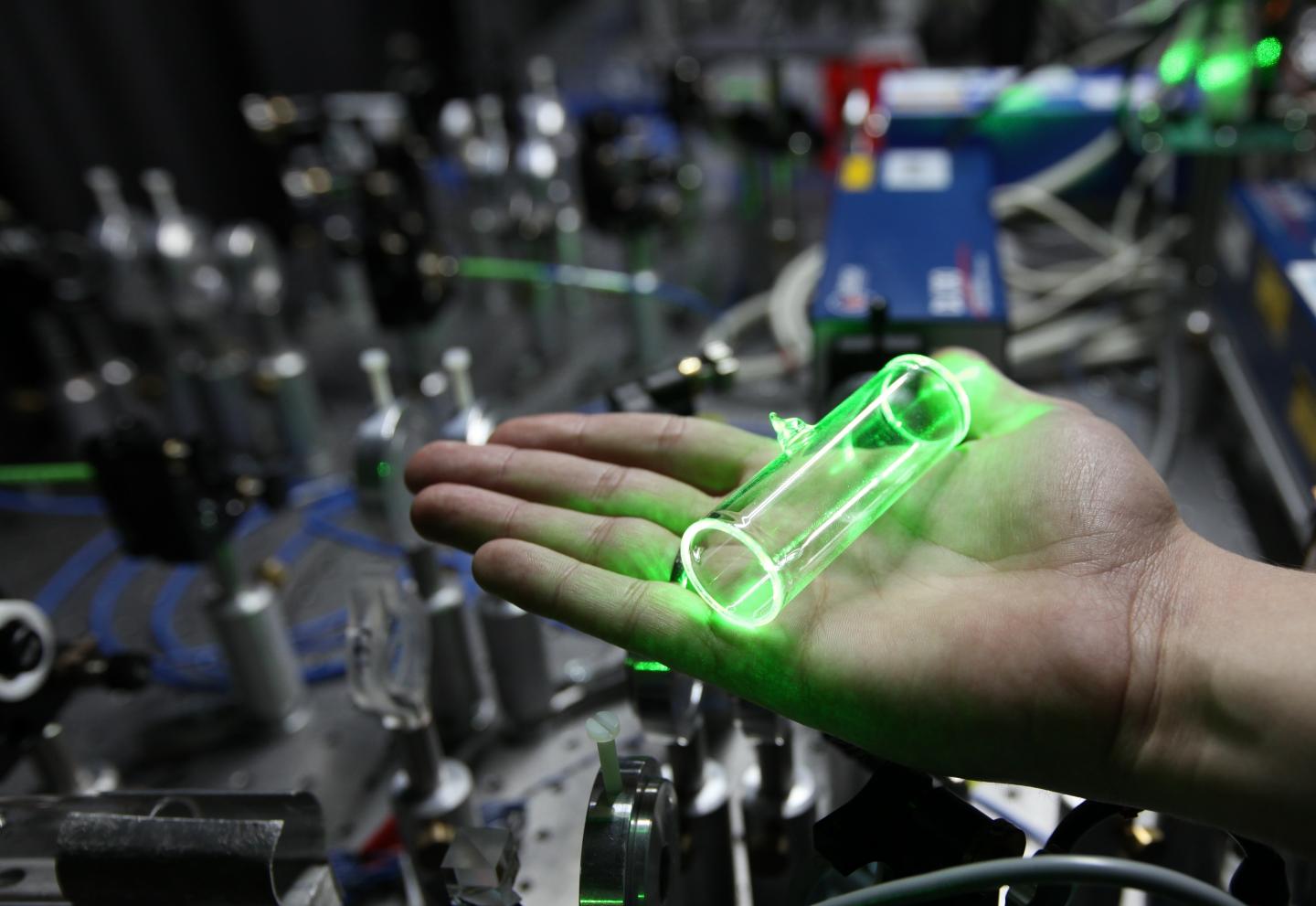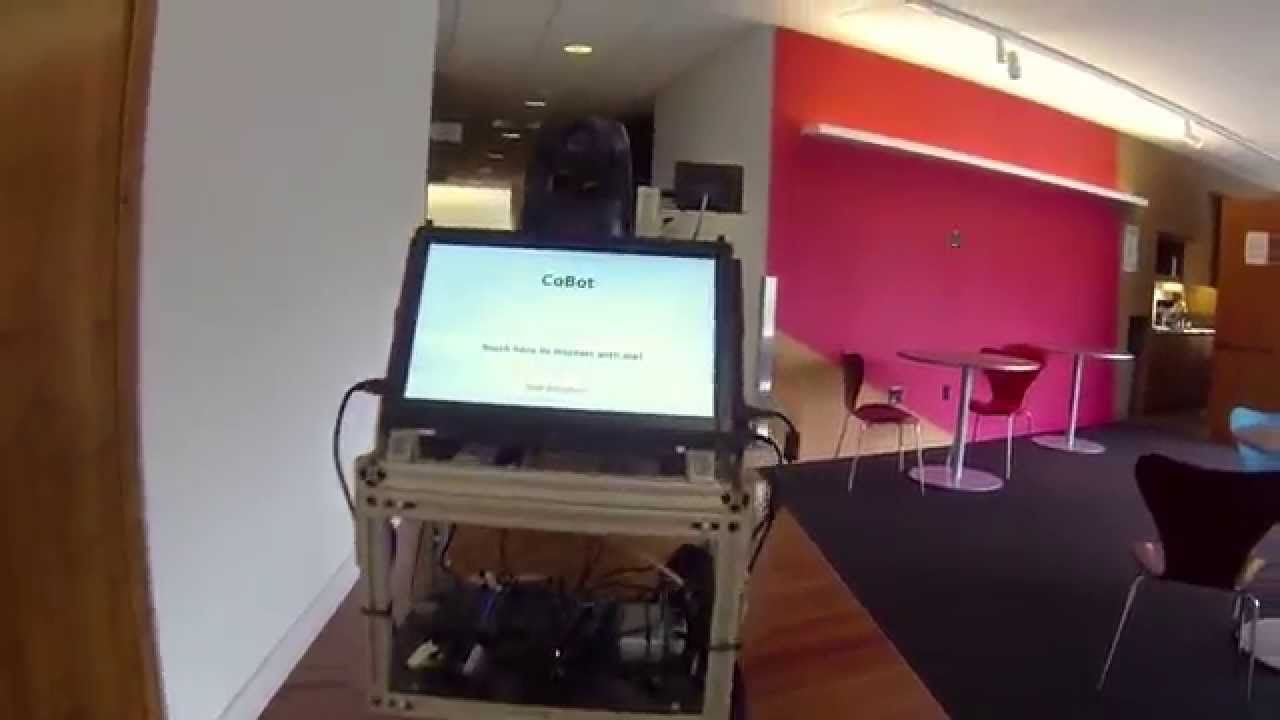Feb 8, 2017
Implanted Biosensors Track Vital Signs
Posted by Karen Hurst in categories: computing, quantum physics
With the work we are doing on cell circuitry technology and Quantum; these implants will become more and more seamless in all living things.
A biosensor developed in Clemson University, South Carolina, funded by the U.S. Department of Defense, will be able to transmit information regarding blood lactate and glucose levels of a wounded soldier or of other injured patients. The biochip will be implanted in the patient’s body for a short time and will wirelessly transmit the levels of lactate and glucose to the medical staff.
The biochip, sized 2mm x 4mm x 0.5mm, is a dual sensing element coated with hydrogels to prevent it from being rejected by human tissue. The sensor has the ability to transmit life saving readings to the medical personnel. The implantation of the chip will only be temporary, although long term biochip implants are also being tested and may be used as a precaution in some cases.


















